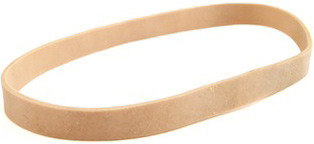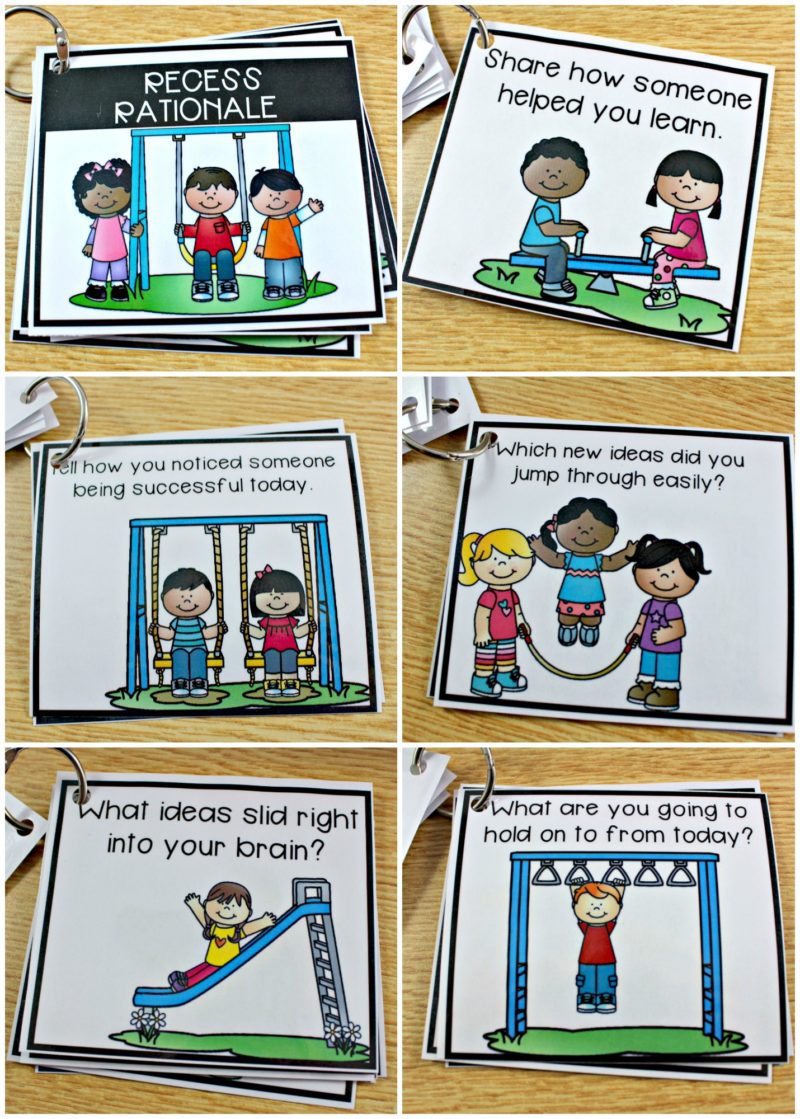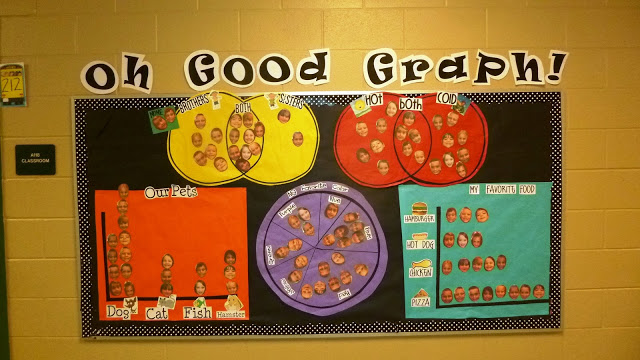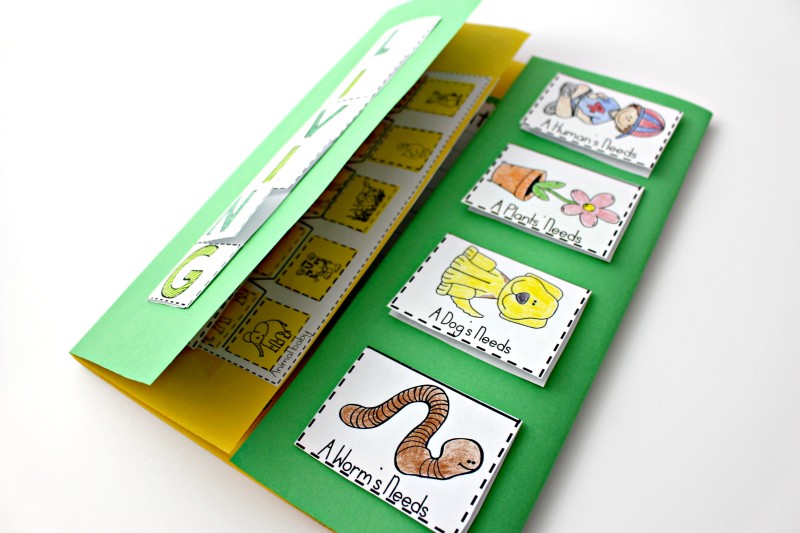3 Simple Ways to do a Lesson Reflection

One area that I consistently struggled with throughout my teaching career is taking time to have my students reflect on their learning. The elusive evaluation portion of the ever perfect lesson plan. I know in my heart that learners need to think about their thinking. Getting students to do this is not always on the top of a busy teacher’s full day of exciting learning. In this blog post, I am going to share 3 different ways to make lesson reflections easy and dare I say it, FUN!
Object Reflection
The first, and easiest way to create a reflection time in a classroom of learners is an object reflection. A few years ago I began creating reflection questions based off of tangible objects. At the end of a lesson we clean up and gather for a short reflection on the rug together. Each object representing a different way to reflect on the day’s learning.
The rubberband would help us to share what stretched our thinking.
The puzzle piece is a tangible reminder to share a connection we made with the new learning. Sometimes we would connect what we already knew to the new learning too! This sometimes spurred conversations about what is still ‘puzzling’ to us.
An eraser was a reminder that we are constantly changing our thoughts, beliefs, and understandings of the world around us each time we gain new knowledge! We would share how our thinking changed, what mistakes we made along the way and how we overcame those mistakes, or perhaps we needed to get rid of some misconceptions that came to light!
It becomes easier and easier to think of ways to use objects to spur on critical thinking. The purpose is to open up students to self-awareness not only after the learning, but during! We want students to consider how they are learning, why they are learning, and to know it is all a process. The process is just as important as the final product.
To help students to collaborate use an object that brings team work to light such as legos. Put two legos together and ask students how a classmate helped them understand something new. Using words like peer teach, collaborate, and teamwork often during lesson reflections make it an expectation and norm for part of the learning.
Graffiti Wall Reflection
A popular lesson reflection option is to create a graffiti wall which is a dynamic anchor chart that carries you through the duration of a particular skill or objective. Much like an anchor chart, the graffiti houses information on a particular topic. The difference is that a graffiti wall can be added to at any time by anyone.
To create a graffiti wall, simply write your topic, objective, or skill being studied in the center of butcher paper. Place on the board, floor, or wall. Students can put definitions on a graffiti wall. They can put both examples and non-examples of the topic, and the best is that you can scratch out misconceptions and continue to build upon what is on the chart as you go! Each day as you study a topic, add to your graffiti wall either as the teacher being the scribe, or as a chosen student. After you do a graffiti wall for awhile, students will excitedly want to add to the chart during the learning time in order to share about their discoveries during the reflection time at the end. That’s when you know that they are thinking about how they are learning! Success!
Partner, Group, and Class Reflection Question Cards
One way that I like to make reflection time engaging is by using die cuts or clipart as a visual cue card. Simply assign a question to a fun die cut or clip art picture and have students respond to the question stem. Sometimes I drop the clipart question cards into a little bag and have a student come up and choose a picture card with a question for us. Once students have had plenty of chances to reflect in a whole group setting, it is fun to have them break into groups to reflect around the circle.
At the end of a lesson, it is nice to have reflection questions to grab and go! I recently added 120 different reflection question stem cards. There are 20 themes with 6 questions per theme. They can be used with any subject or lesson! Now you can get that important component in with ease!
I chose to put the 6 themed question cards on small rings together. Another idea is to glue the cover theme card to the front of a cute little bag and drop the question cards in.
Here is a look at a set of 5 out of the 6 recess themed cards. I couldn’t make the last card fit in this neat and tidy grid… But it exists! Ha!
Peek at the animal antics set! (6th card not pictured)
If you are interested in the Reflection question cards, check them out HERE! Or by clicking the picture below!

 Contact Us
Contact Us


















I’m interested in your guided math bundle but your scope and sequence does not match my district. Your center activities may not match since they are themed by month. Is there a solution for this? Thanks
Hello! The great news is that the guided math units can be taught in any order. I am currently adding stations by standards so they are not seasonal and they are sets by math concept. Which grade level are you looking at? I can link it for you.